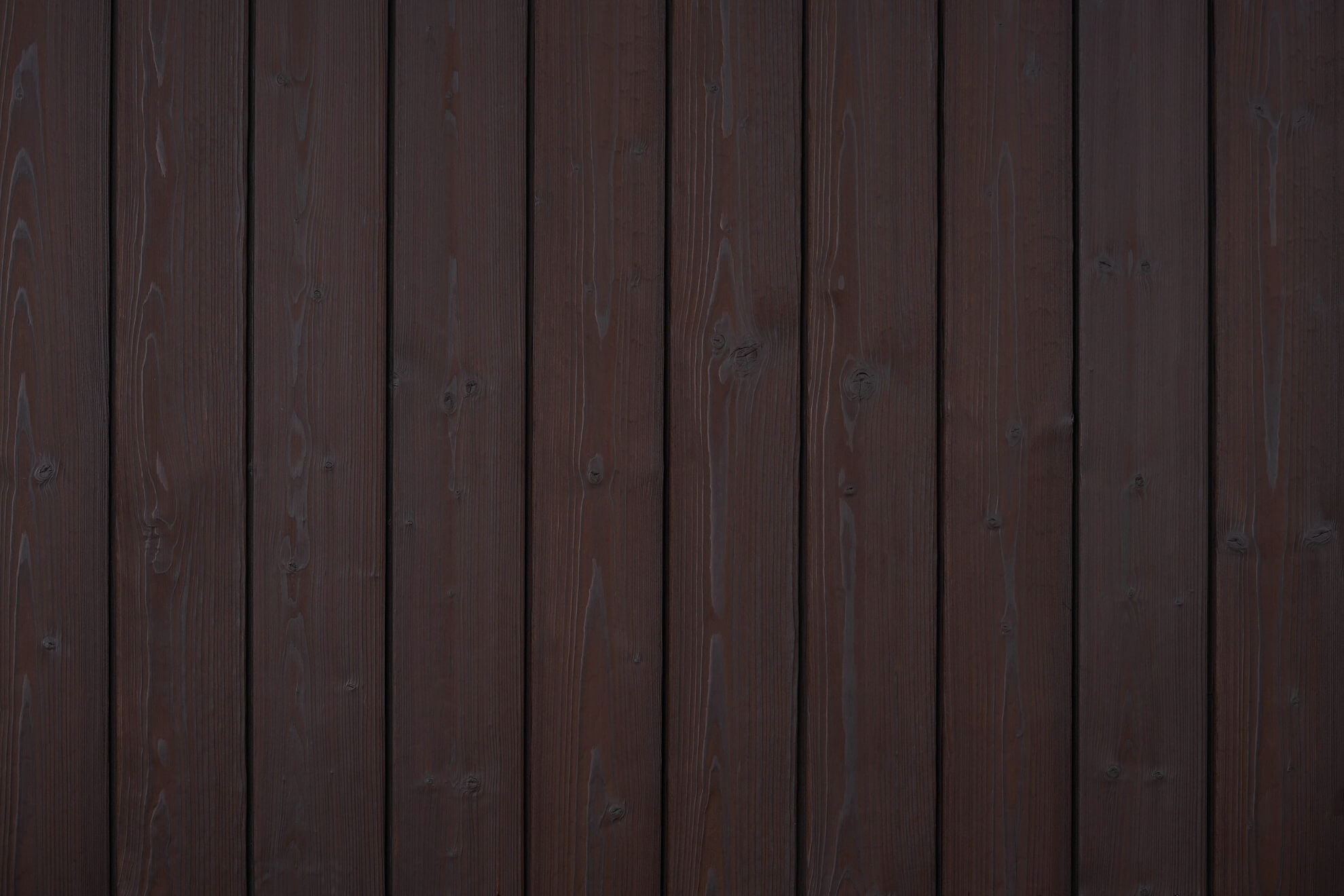Carbonized Wood: The Ancient Art of Shou Sugi Ban
The Far East ancient technique of wood carbonization dates from hundreds of years ago. Called Shou Sugi Ban in its native Japanese, this breathtaking method has taken the world of modern architecture by storm due to its alluring mystique. Its fame and appeal have spread across the globe thanks to the impressive quality the charring process provides and its rustic and elegant appearance.
This centenarian process is making a huge comeback thanks to the innovative work of Japanese architect Terunobu Fujimori. But what is carbonized wood? What makes it such a premium material? What process does timber undergo to become carbonized? What are its properties, and in what ways can you use it? We’ll dive deep into the sophisticated world of Shou Sugi Ban and address all of your doubts. Read on!

Ancient Technology, Compliant with a Modern Lifestyle
The original concept of this wood preservation technology involved treating the magnificent and ancient cypresses, which were growing in Japan’s many lush forests. Also known as the Japanese cedar, it has a distinct pattern and texture. Modern Yakisugi, however, can treat various types of timber, not just the cypress. For example, we have the Siberian Larch, Pine, Spruce and Accoya products for sale.
After the surface layer of the wood has been sufficiently charred, its appearance and characteristics change. The look is very distinct, and so many of us recognise seeing it in movies, illustrations and other depictions of traditional Japan.
Then again, this technology is far from a forcefully preserved antique with no modern-day value. Shou Sugi Ban is a very versatile product. With many timeless qualities, charred wood ensures that wherever you may fit it, it is going to bring in more comfort and unparalleled, exclusive beauty to your life.
Degmeda is 100% oriented towards customer satisfaction. Refinement, highest-quality and realisation of even the boldest ideas are the benefits we can guarantee to all of our clients.



